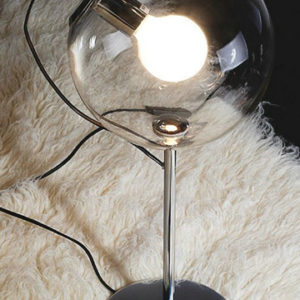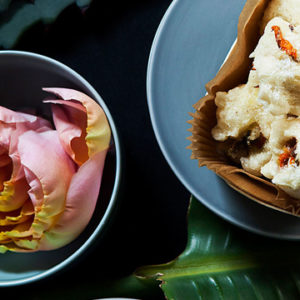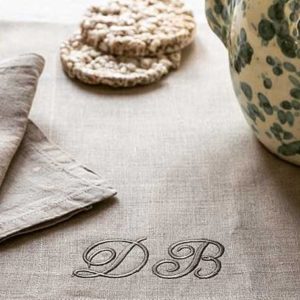In order to understand today’s Italian architecture and interior design it’s important to learn how different styles have evolved through time, changing according to the geographic, historical and political influences of a particular time.
I will start this journey with the 17th century, characterized by ornate Baroque style. Baroque was born in Rome and, from there, the style spread throughout Europe – Germany, Spain, Portugal, Austria and France. Baroque style researched the movement and energy accentuating the dramatic effect of the works through the strong contrast of light and shadow. In architecture this is reflected in the evident search for movement through curved surfaces and richness of decorative elements.
I would like to focus on three particular Italian artists from this period, who I think represent Baroque at its best: Caravaggio for painting, Bernini for sculpture and Borromini for architecture.
Caravaggio was a naturalistic painter, his paintings depicting reality and everyday life. Even in the sacred representations he tried to represent subjects seen in daily life. Caravaggio was able to highlight his three-dimensional subjects through the use special lighting, while the background of the pictures is always overshadowed by the bodies.
Baroque sculpture decorated the interior and exterior of the buildings and was characterized by the use of different materials such as marble, bronze and large mirrors. Bernini could shape the marble creating a true artistic perfection, thus leaving an indelible mark in the history of art, especially among the streets of wonderful Rome. It is truly remarkable how he could create movement in his subjects using such a strong material.
Borromini is considered the most innovative among the architects of the Roman Baroque. His architecture is characterized by the creation of refined spaces and the great illusion of perspective, created especially through the undulation of the walls. He was very innovative and always looking for a stylistic renewal. He gave great attention to detail, creating the so-called prospective illusionism.
Italy is rich of Baroque works – Venice, Naples, Turin and Messina are just a few examples of baroque cities.
Countless Venetian canals hide great masterpieces, including the most important Basilica Santa Maria Della Salute.
The Baroque in Naples has changed the face of the city unconditionally. Palazzo Reale is among the richest monuments of Baroque Naples and enriches the entire Italian heritage.
The capital of Piedmont, Turin, is also rich in Baroque art and it’s very easy to admire its beauty simply by wandering through the town’s central streets. Piazza San Carlo and Piazza Castello are two examples of magnificent Baroque reconstruction.
The Sicilian Baroque is instead characterized by excessive decorative elements with a great sense of drama that symbolized the social life of the island. Pearl of Messina is Chiesa Santissima Annunziata, but the city with the most baroque influence is definitely Noto.
BAROQUE IN INTERIOR DESIGN
Today, Baroque style is used to decorate many interiors, as it recalls beauty, elegance and luxury. Thus, past and future come together to create spaces full of details, from wall decorations all the way to the floors.
The main colours of the ancient baroque are gold yellow, red and dark green, replaced in the modern baroque by purple, grey, black and white. The main peculiarity is the use of wallpaper with ornamental decorations.
Paintings, mirrors, gold frames, chandeliers with pendants and floral lures are the “must have” of a real Baroque interior, while fabrics are velvet, heavy, shiny and woven.
BAROQUE IN FASHION
Baroque style came back into fashion during the last two years. Some of the most important Italian brands started to use Baroque-inspired prints in their Spring/Summer and Fall/Winter collections.
For example, Dolce & Gabbana, one of the Italian brands by excellence, have been drawing inspiration from this style for the last four seasons. Their runways during fashion week are an explosion of Baroque colours and fabrics. The Sicilian tradition is told through embroideries in gold thread, working-style tapestry, lace and prints typical of the 17th century. Hairstyles are also reminiscent of the same era, the hair styled with bands rich of stones and pearls and embellished by jewels.


























